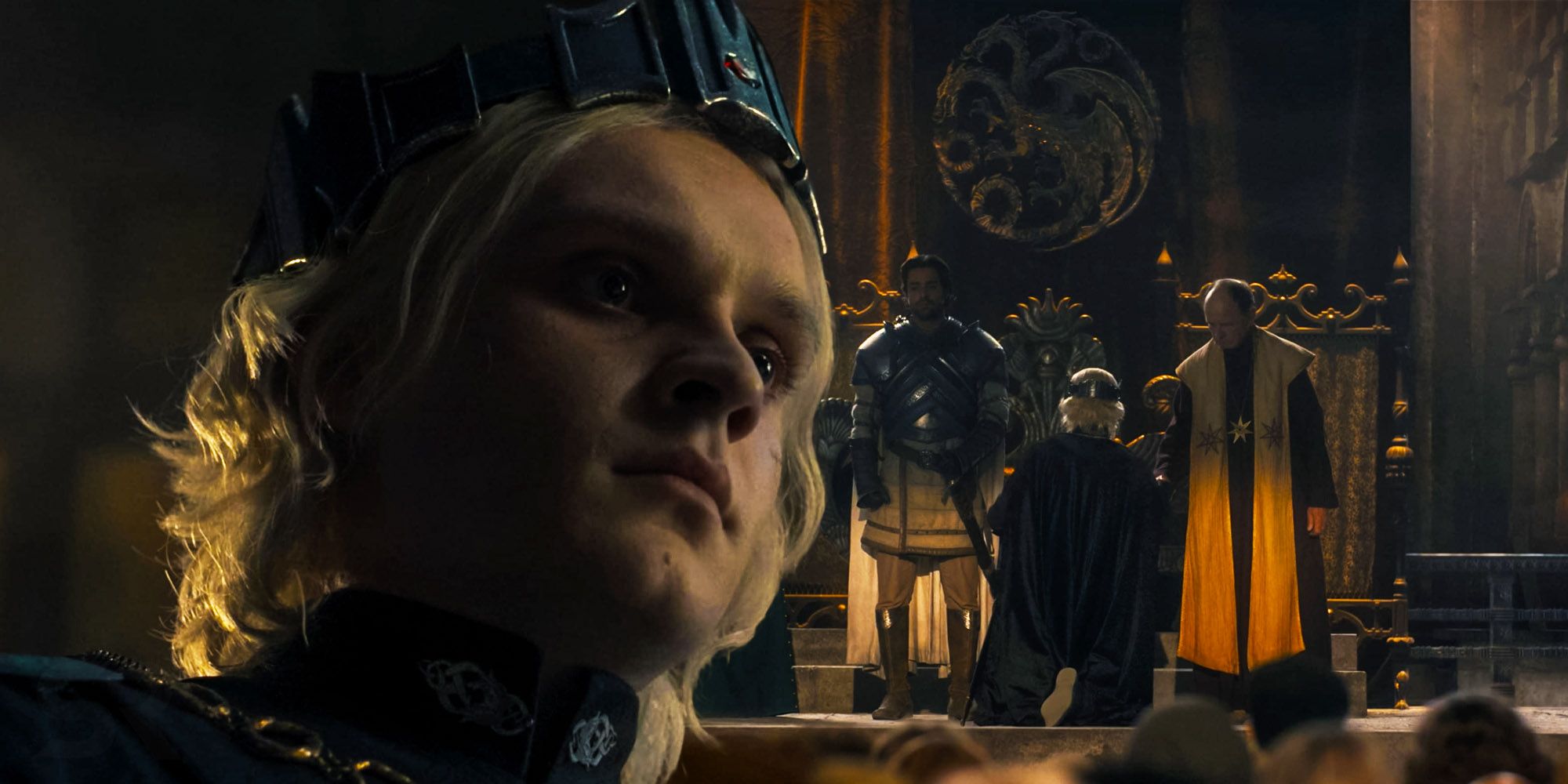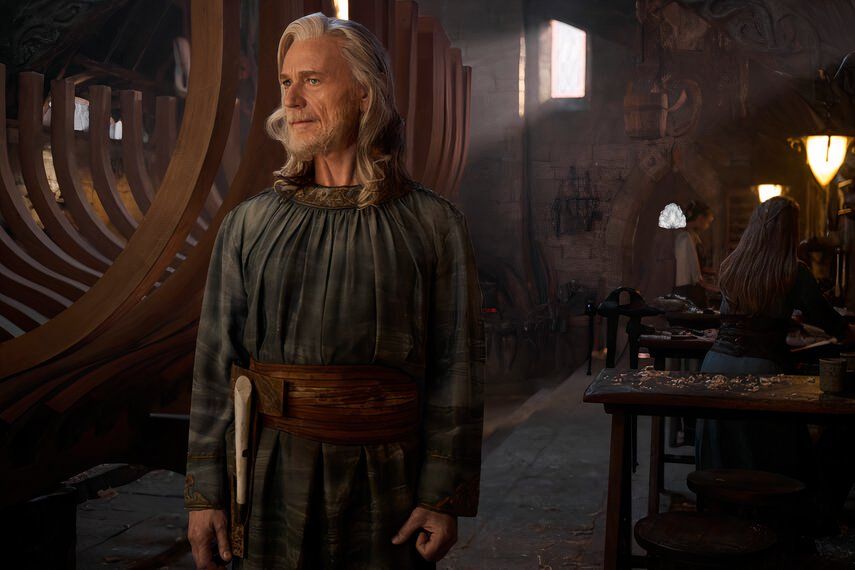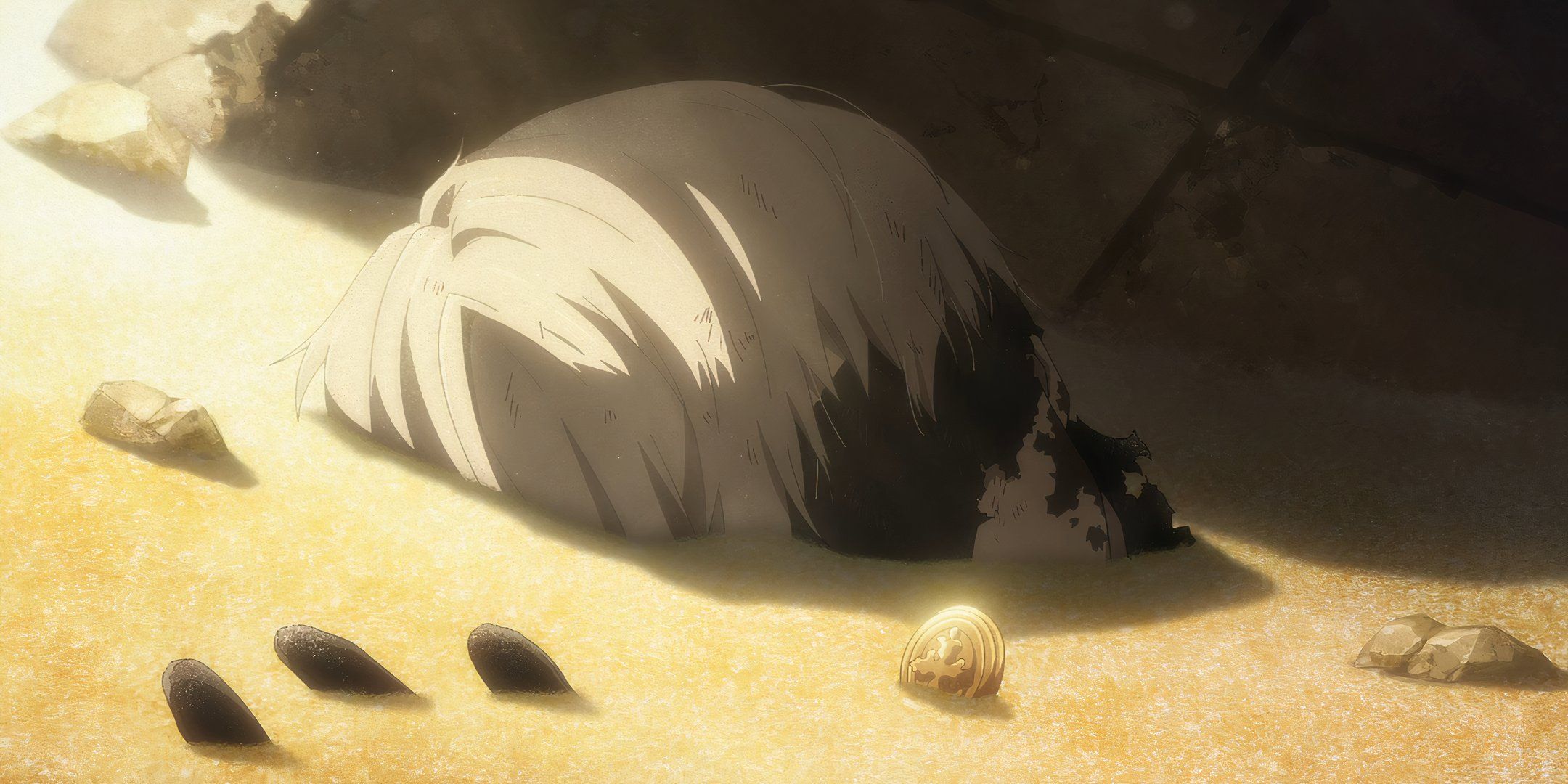Barbara Gordon is set to make her cinematic debut later this year in HBO Max’s Batgirl movie, but her costume in the movie suggests that Barbara’s other alter ego, Oracle, won’t be making an appearance in the DCEU. Of course, trying to decipher what is and isn’t part of the DCEU pre-Flashpoint/reboot canon is a herculean task in itself. Even if Batgirl is part of the main canon, there’s reason to believe that the story is taking place in a universe where Barbara never undergoes the circumstances that lead to the creation of her second major heroic identity. It comes down to the reveal of her Batgirl costume.
The Bat-Family is prone to costume changes, perhaps more so than any other mainline DC Comics group of characters. Batgirl, herself, has been through several different costume iterations. The final costume design for the film was revealed by Batgirl actress, Leslie Grace, back in January. Right away, it was clear that the costume was based on a specific version of her superhero garb, the second costume she wore after the reboot of the DC comic book universe under the New 52 branding for the iteration of the character that came to be called “Batgirl of Burnside.”
The choice of Batgirl’s newest live-action costume would be easy to write off as being based on popularity. It was the first time in the comics that Barbara’s Batgirl costume had been made a big deal of at all. However, the fact that this was the costume chosen would seem to strengthen the case for Barbara’s other heroic identity, Oracle, being absent. The question is whether or not that’s necessarily a bad thing.
Barbara Gordon’s Oracle Explained
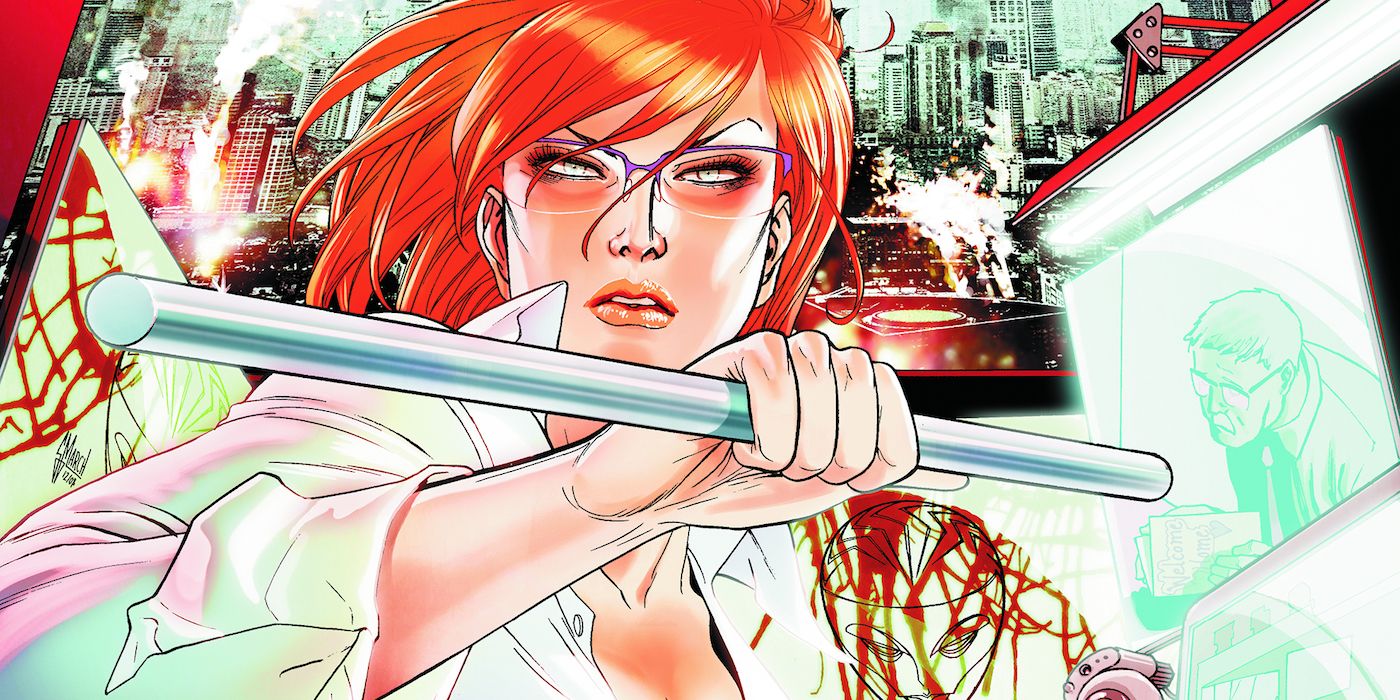
Barbara Gordon first debuted as Batgirl in Batman #139 (1961), where she went on to become a staple of the Bat-Family. However, it was in 1988’s critically acclaimed Batman: The Killing Joke, that Barbara’s circumstances changed. Originally conceptualized by Brian Bolland and penned by Alan Moore, the comic saw Barbara, at that time Batgirl, shot by the Joker and paralyzed in the villain’s attempt to prove a point by driving Commissioner Gordon mad. The story was meant to come up with a plausible backstory for the Joker, although never intended to be a part of the official Batman canon. After the story’s success, however, it was inducted into the lore, meaning that Barbara’s losing the use of her legs became an aspect of the character in the larger DC Universe, not just the one story.
It wasn’t until nearly a year later in Suicide Squad #23 (1989) that the Oracle identity was developed. Created by John Ostrander and Kim Yale, Oracle came into existence as a new alter ego for Barbara that would allow her to still participate in the larger-than-life stories of the DC Universe despite losing the use of her legs. She became an information broker and hacker, lending her services to not only the Suicide Squad, but also the Justice League. Most notably, Oracle essentially founded the Birds of Prey. She became a sort of cyber superhero, helping to fight crime and other major threats using her talents as a technology whiz.
How Batgirl’s Costume Implies DCEU’s Oracle Won’t Happen
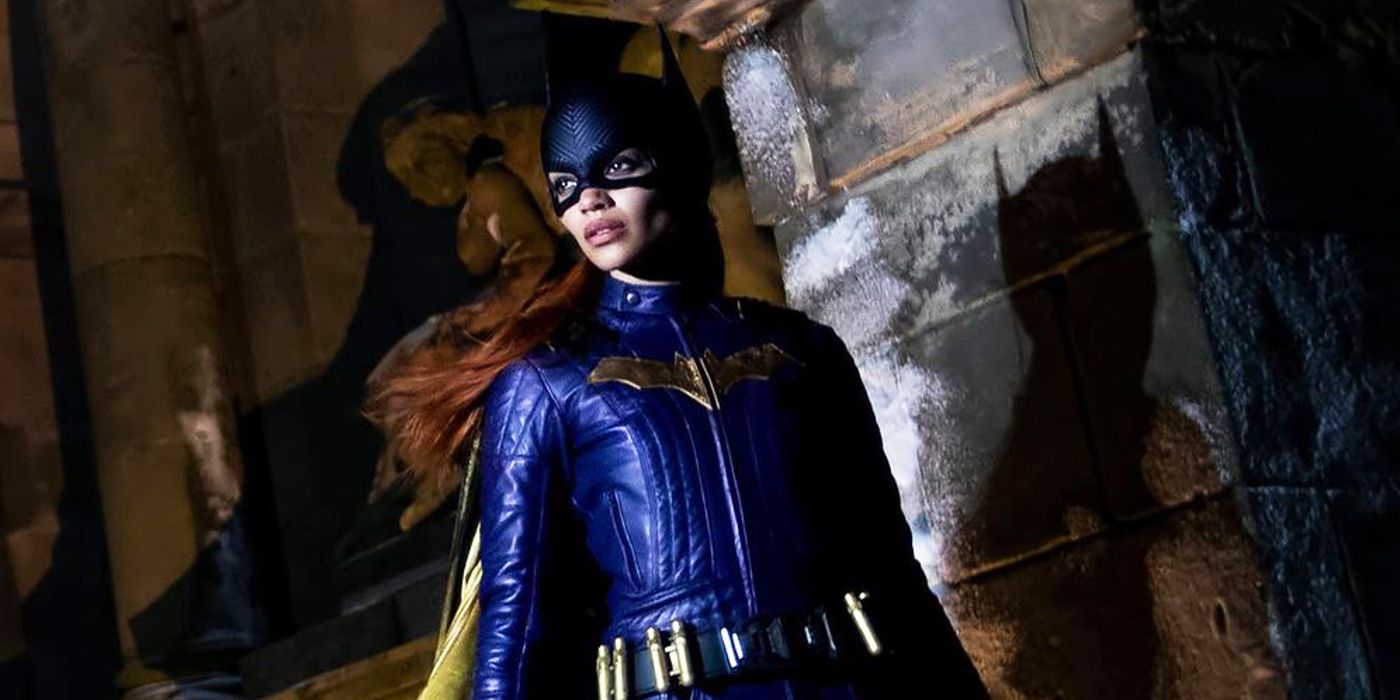
When the DC Universe relaunched with the New 52 and a new canon (which the DCEU timeline will also do with The Flash), the decision was made to bring Barbara Gordon back to the role of Batgirl. Originally penned by Gail Simone, this return was controversial but ultimately successful. The run saw her regain the use of her legs thanks to an experimental surgical procedure, after which she picked up the Batgirl mantle once more. Some time into the title, Batgirl received a somewhat controversial, but largely well-received costume change. It’s a costume that Batgirl is lifting directly from the pages of that comic run.
But perhaps that decision was more deliberate. Batgirl has had other costumes to pull from, including one even newer than was ultimately revealed in the official movie photo. Many of them have been quite drastically different. It’s possible that the new Batgirl costume, rather than relying on flashback nostalgia, was chosen purely to align with the sensibility of going with something more functional and practical if quite a bit less flashy. Modern comic book movies and series have also used this tactic with a number of characters for the sake of realism where appropriate.
In many cases, costumes from the films inspire updates to the costumes in the comics, allowing the films to do something that’s on-theme, but still unique. It also solves the problem of numerous classic costumes from the comics not translating well to live-action, particularly spandex. Fox’s X-Men movies first pioneered this, moving the X-Men from their skintight blue-and-yellow spandex to more utilitarian black leather. It’s also similar to the direction later taken with the design of Captain America in the Marvel Cinematic Universe. Steve Rogers’ Captain America costume was redesigned for live-action by applying a more practical and militaristic aesthetic to the classic look and creating something that the comics emulated for a while. The result was a line of costumes that borrowed from the comic books while not being beholden to them. The decision not to do something like this with Batgirl might imply one of two things. Either this version of Batgirl has already been through the Oracle identity, which doesn’t appear to be the case, or she just isn’t likely to become Oracle at all. At least, there may not be any plans to do that anytime in the foreseeable future.
Is It Bad That Oracle May Not Happen?
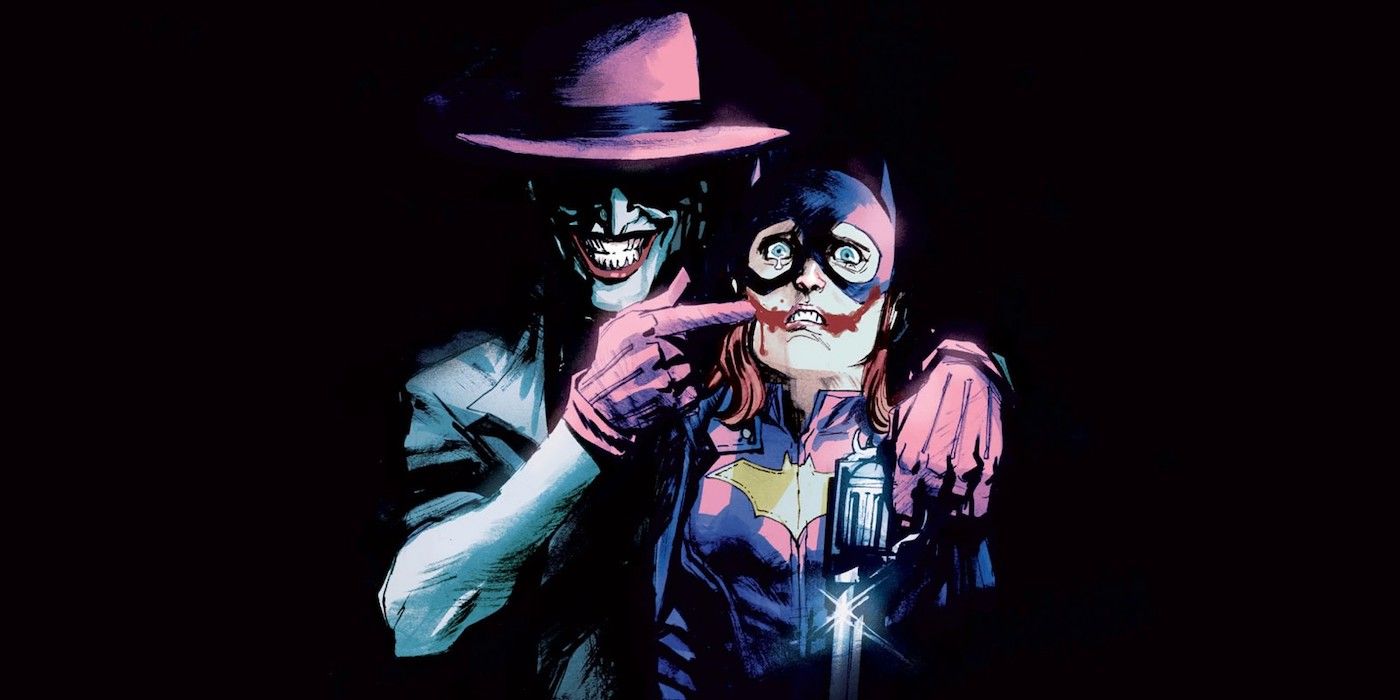
Barbara Gordon is a controversial character, at this point. The invocation of her name alone sparks debates across a wide variety of subjects, ranging from the mistreatment and objectification of female characters in comic books to the lack of visibility and representation for wheelchair users and those with other disabilities. A potential move to not touch on any of Barbara Gordon’s time as Oracle could be a decision made in a vain effort to avoid controversy around the character.
The Oracle identity was a fan-favorite and still continues to be. As the MCU Spider-Man’s best friend, Ned, would put it, Barbara was the “girl in the chair” for effectively the entire DC superhero community. However, many comic book readers were also not happy with what it took to get her. The Killing Joke was many things, but it was not a story about Barbara Gordon. It was a story about her father, the Joker, and Batman – a story about three men. Many saw Barbara’s treatment in it as appalling and a textbook example of a trope coined by Gail Simone as “Women in Refrigerators,” colloquially known as “fridging.”
Named for a specific incident in 1994’s Green Lantern #54 in which Kyle Rayner returns home to find his girlfriend, Alexandra, had been killed by a villain and stuffed into the refrigerator. Since then, the phrase has come to describe the overabundance of stories, not just in comics, but in all media, where a female character like Batgirl – usually a romantic interest, but not always the case – is reduced to being an object whose only value is to motivate the male characters in her life. Consequently, that female character is maimed, killed, and even sexually assaulted to inspire the male character’s fury or spur them to action. Oracle theoretically wouldn’t happen if Batgirl’s problematic story from The Killing Joke never receives any form of cinematic adaptation, thus avoiding one of the largest sticking points people have with the character and how she’s historically been handled.
Additionally, introducing Oracle as a concept any time soon might only create more problems for the character getting her due. Depending on where the chaotic and uncertain state of the DCEU canon falls at the time, there may just simply not be a need for Oracle’s skillset. One of the major benefits of Oracle as a hacker and information broker would be largely moot since, if she is going to be officially part of the DCEU, then this iteration of the Justice League might still have Cyborg on the roster, whose Mother Box-derived technology would presumably be lightyears beyond anything Barbara’s hacking skills could reasonably offer. Oracle could therefore be overshadowed and her overall contribution potentially diminished. Of course, more heroes would create more necessity for figures like Oracle. Even in a newer title, Barbara returned to the chair as the Oracle, despite still having the use of her legs, and she actually seemed to prefer it.
The DCEU Still Needs Representation Of People With Disabilities
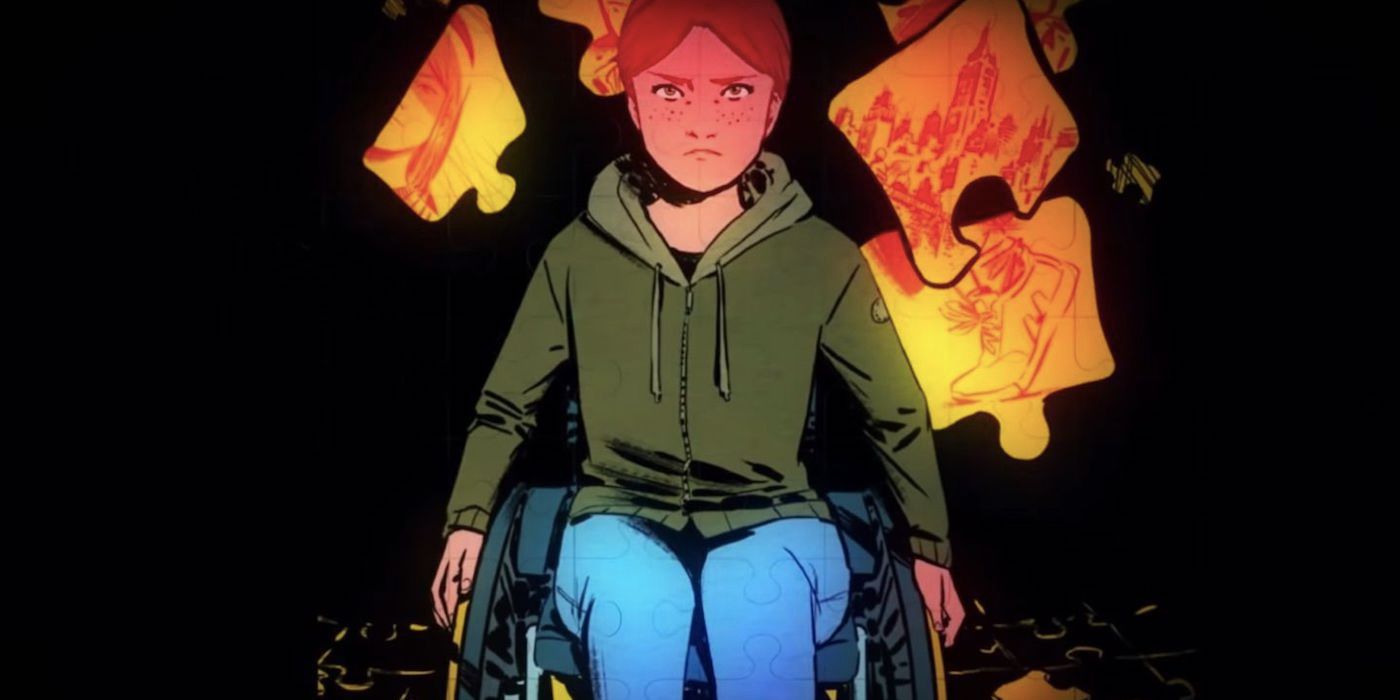
Whatever the exclusion of Oracle would bring to the DCEU, it would take one major thing away. Comics don’t have a tremendous track record of visibility for characters with disabilities. Oracle was one of the major exceptions to that issue, taking what was widely regarded as a bad storytelling decision and turning it into an opportunity to do something good. When Barbara regained the use of her legs, the move didn’t go over well with those who saw that representation being stripped away. The upset was especially strong as there were no plans in place to establish a replacement in the role, which seemed particularly odd given DC’s affinity for legacy characters. Batman protégés Batgirl and Robin themselves are exactly that.
Without another character to rely on in that capacity, the DCEU would be stuck, at least in terms of adaptation. An alternative could still be engineered to introduce Oracle using a bit more creative freedom. The option to divorce Barbara’s losing the use of her legs from The Killing Joke could satisfy both sides of the issue. Barbara could lose the use of her legs in her own film franchise to a different character, under different circumstances like the route Young Justice took, then bounce back and use her computer science skills to aid in the apprehension of the villain responsible. She could then go on to aid the Birds of Prey and beyond.
Whether or not Barbara will eventually adopt the moniker of Oracle is up in the air. The exclusion of the character would avoid a major pitfall, but also could create a lasting void of representation in the DCEU. While perhaps not perfect, the MCU does have a fair bit of representation for people with disabilities between Hawkeye on Disney+, as well as Netflix’s Daredevil and Eternals, incorporating those disabilities right into the storylines and characters. Hopefully, the upcoming Batgirl project will set a foundation for Oracle to one day appear in the DCEU as well.
Key Release Dates
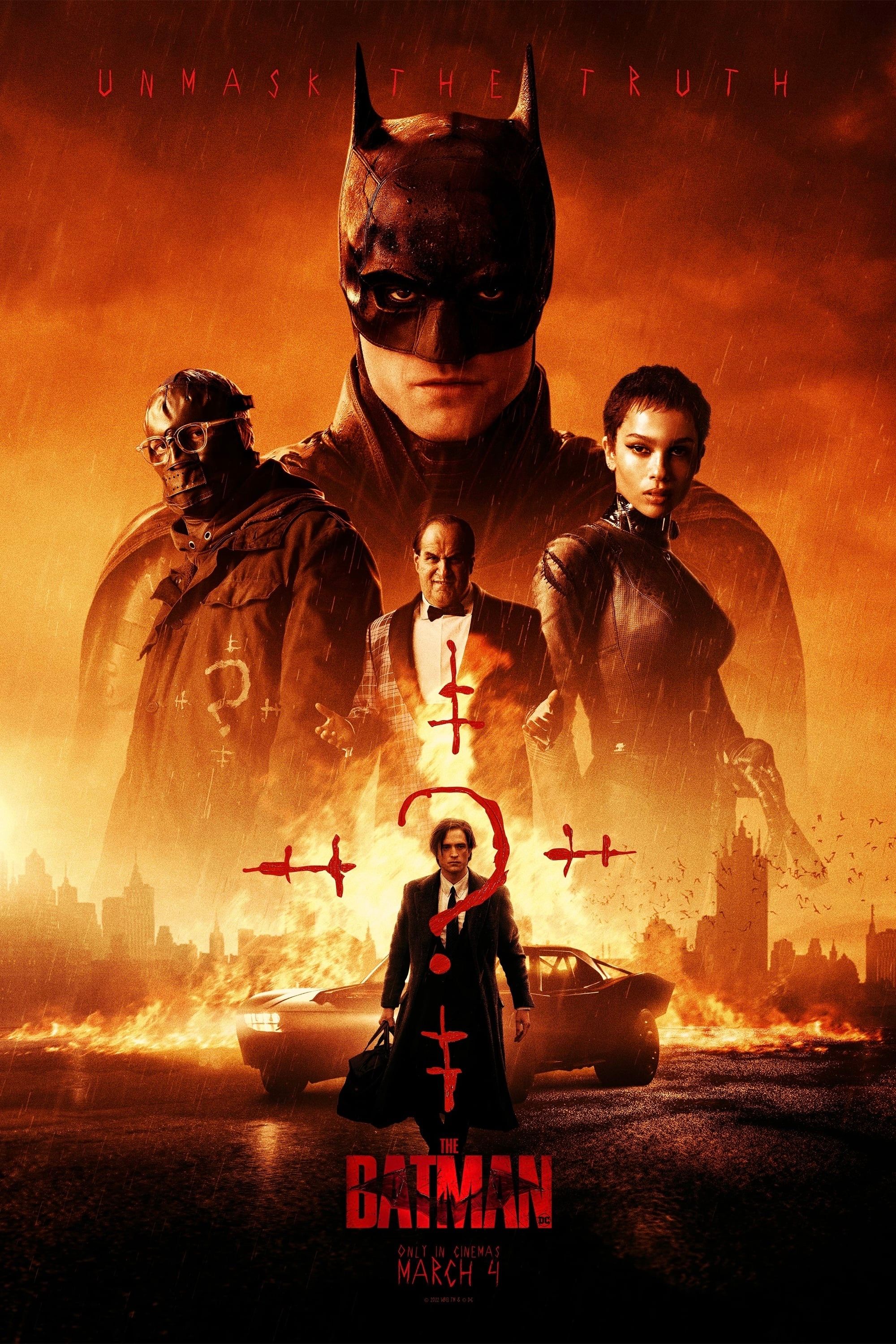
The Batman
Release Date:2022-03-04
Super Pets
Release Date:2022-07-29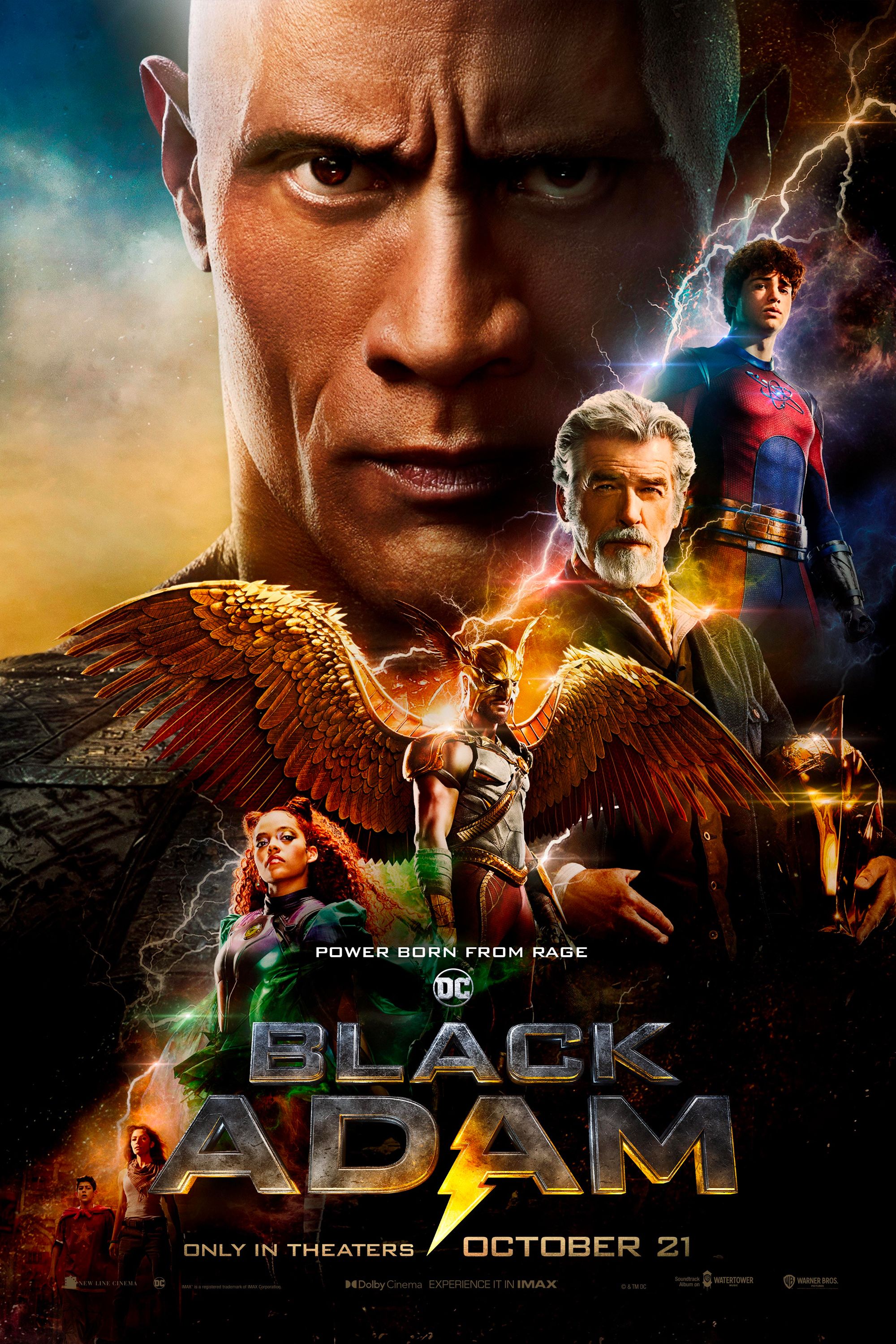
Black Adam
Release Date:2022-10-21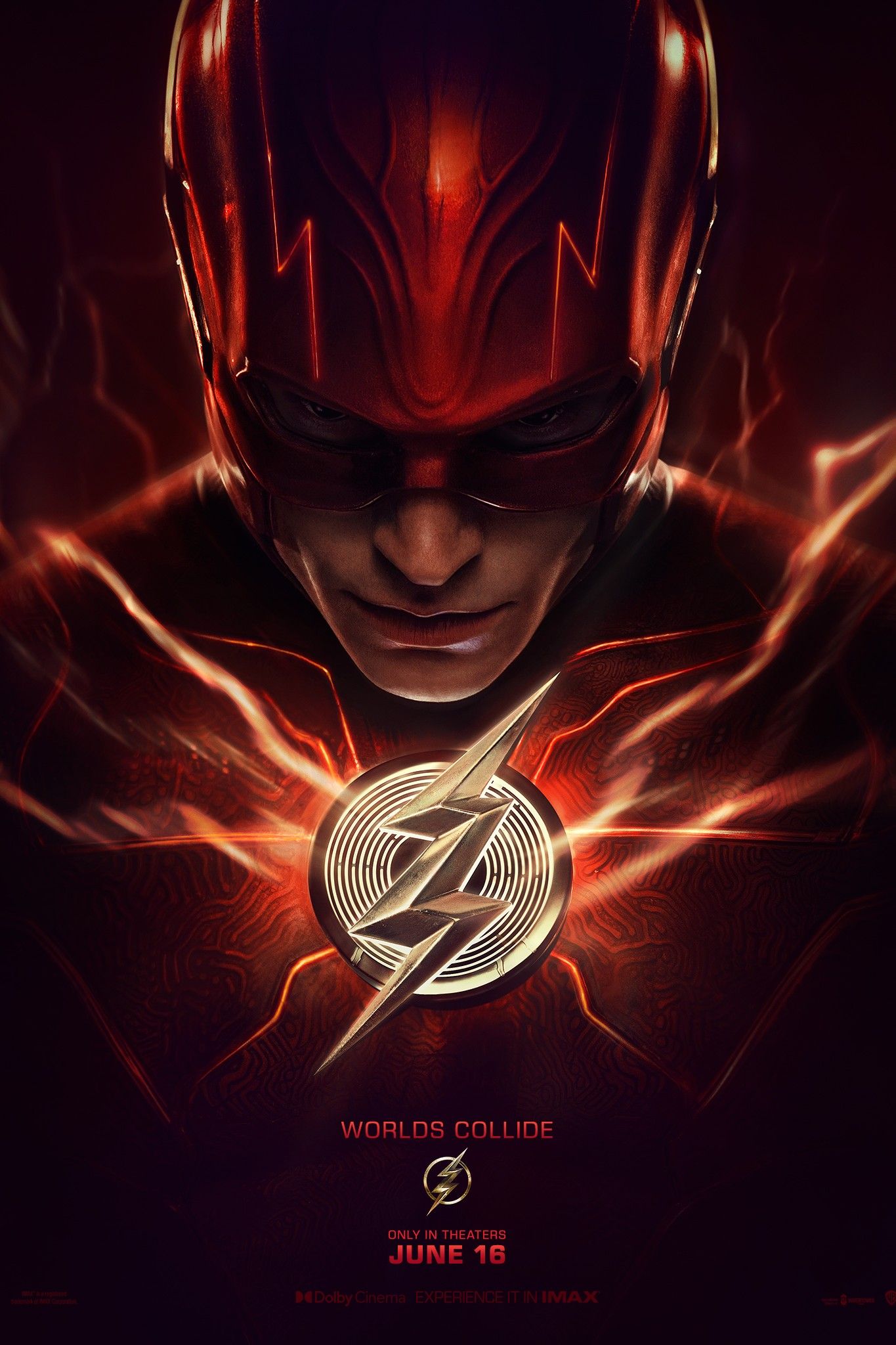
The Flash Movie2
Release Date:2023-06-16
Aquaman 2
Release Date:2023-12-25
Shazam! The Fury of the Gods
Release Date:2023-03-17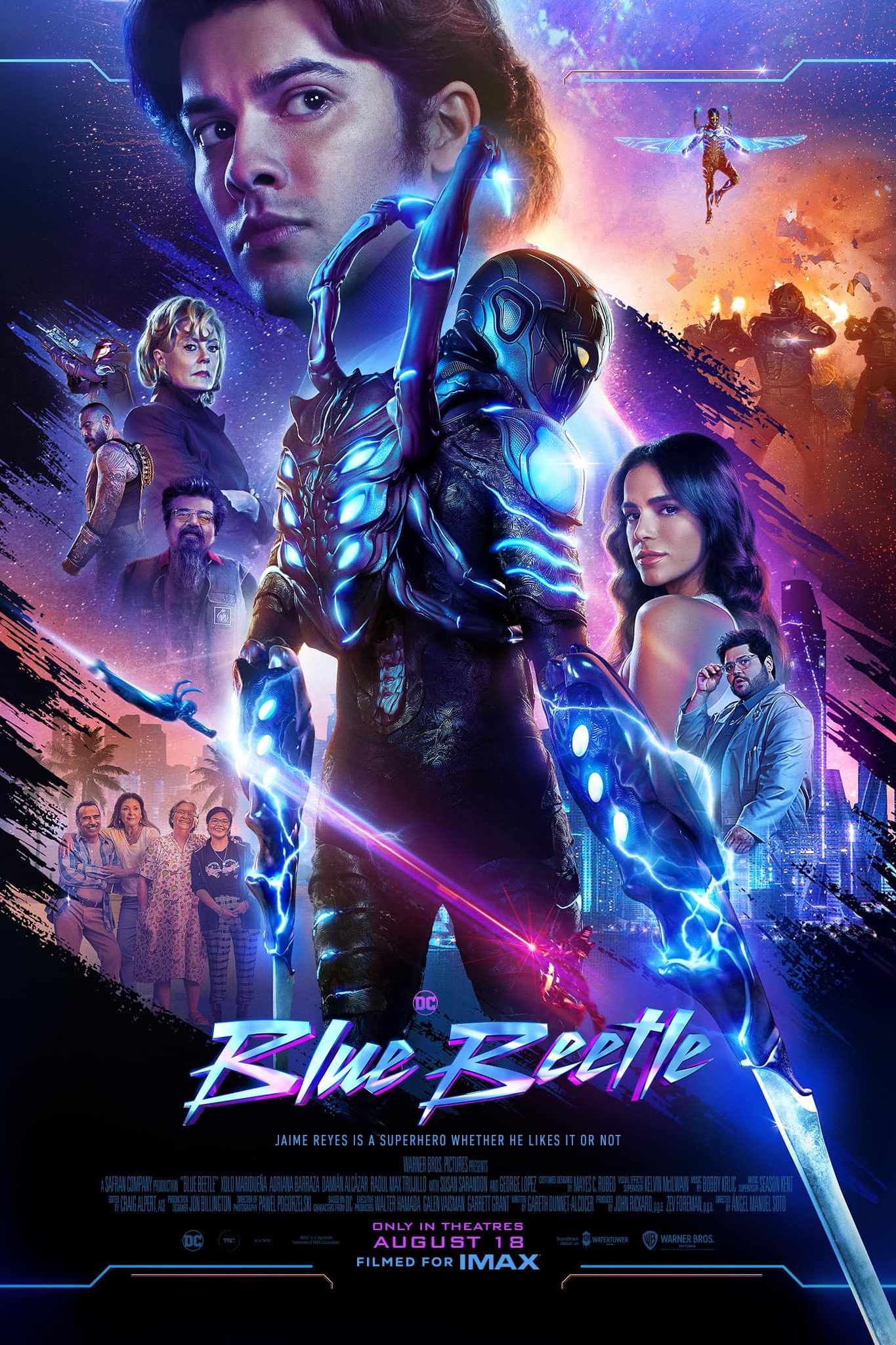
Blue Beetle
Release Date:2023-08-18
